.

Scott's Run, West Virginia. Peter Percupu, Roumanian miner, unemployed, known in Scott's Run as Ground Hog. Too old to find employment in the mines, March 1937
The past speaks to us
It says hello glad to meet you
It says goodbye what have I done
It says goodbye what have I done
to deserve this
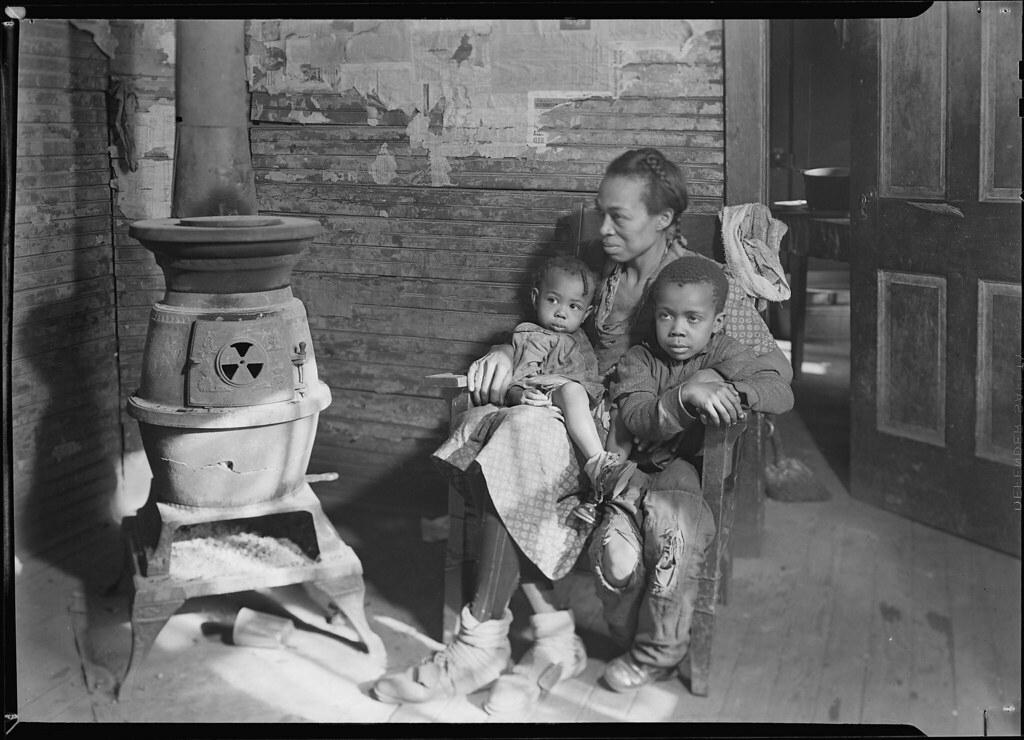
Scott's Run, West Virginia. Johnson family -- father unemployed, March 1937
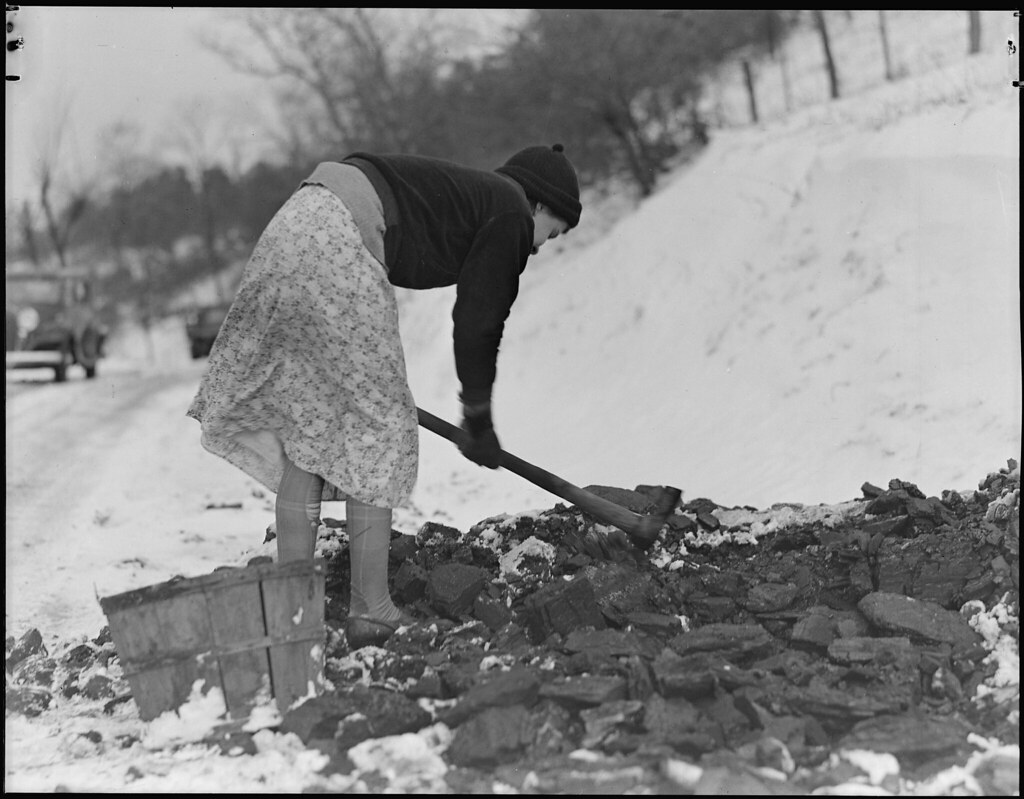
Scott's Run, West Virginia. Woman gathering coal from mine refuse, March 1937

Scott's Run, West Virginia. Woman gathering coal from mine refuse, March 1937

Scott's Run, West Virginia. Pursglove No. 5. Scene taken from main highway shows typical hillside camp. The houses are multiple dwellings, March 1937

Scott's Run, West Virginia. The Patch. One of the worst camps in Scott's Run. The stream is an auxiliary branch that flows into Scott's Run. The main valley of Scott's Run can be seen towards the right of this picture. These houses were originally built as single bachelor apartments; there are from six to eight separate housekeeping units in the buildings. Many of them are now occupied by families living in one room, March 1937

Scott's Run, West Virginia. The Patch. One of the worst camps in Scott's Run. The stream is an auxiliary branch that flows into Scott's Run can be seen towards the right of this picture. These houses were originally built as single bachelor apartments; there are from six to eight separate housekeeping units in the buildings. Many of them are now occupied by families living in one room, March 1937

Scott's Run, West Virginia. Jere, mine tipple. Mine bankrupt and closed since December 1936. The camp of this mine is considered a stranded community, March 1937
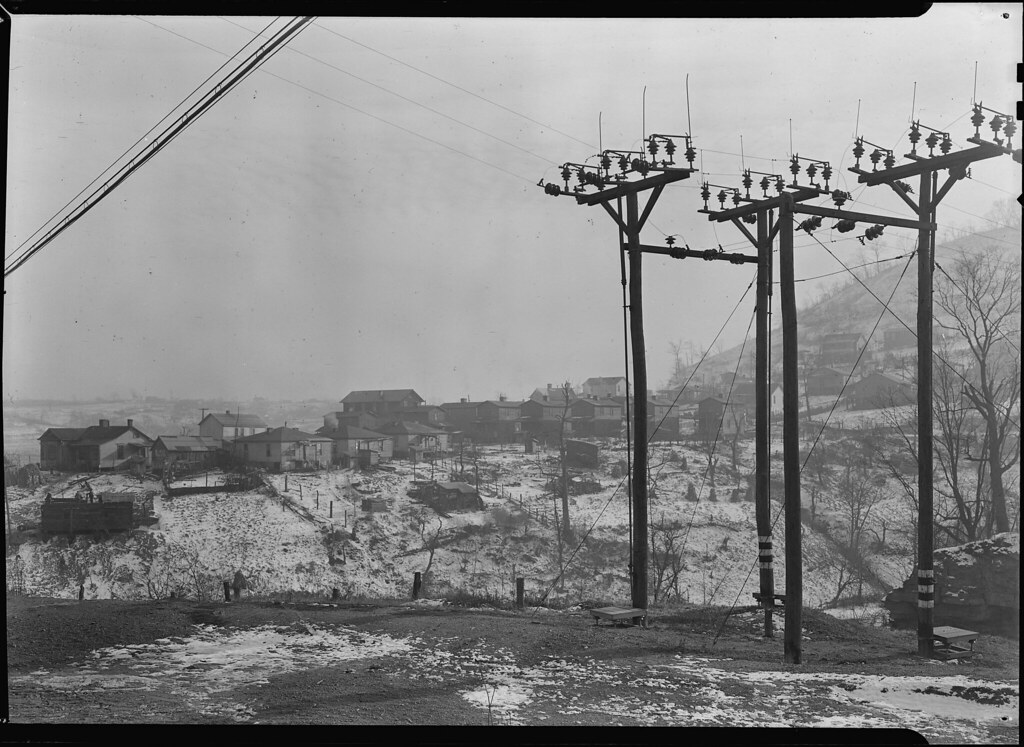
Scott's Run, West Virginia. Troop Hill -- an abandoned coal camp on Scott's Run, West Virginia, December 22, 1936. Mine closed early in 1936. Scene taken from main highway entering Scott's Run, March 1937
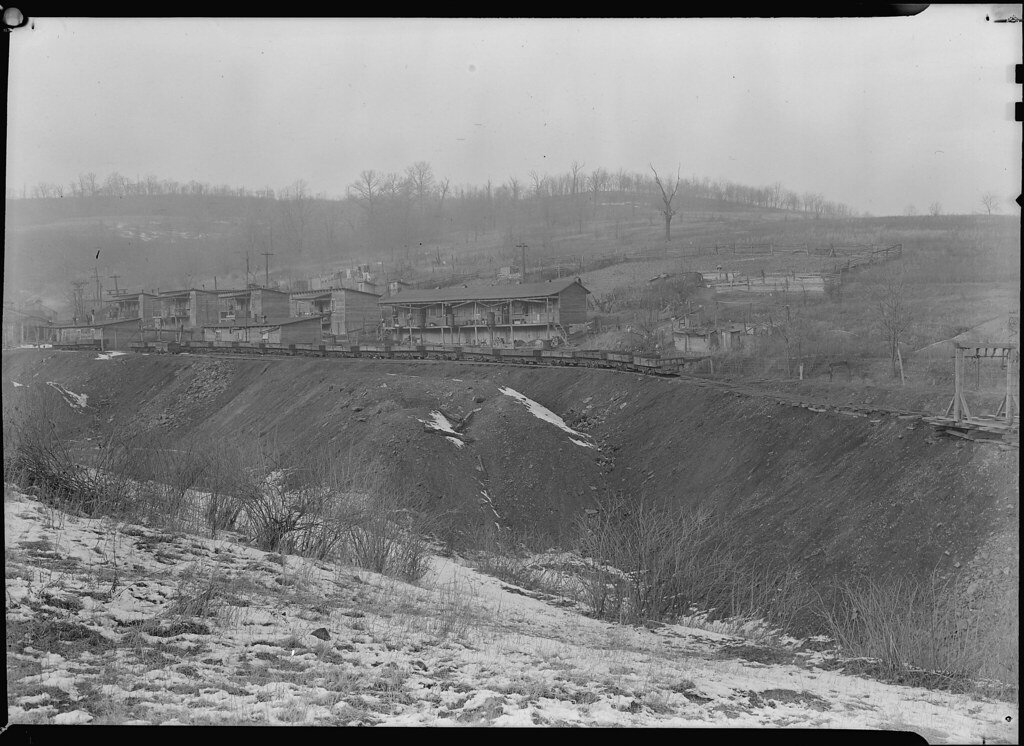
Scott's Run, West Virginia. Chaplin Hill. This scene is typical of many camps built near the mine. In the background can be seen several of the government sanitary privies. These houses are multiple dwellings which accommodate several families. It is one of the few camps on Scott's Run which affords space for hogs and garden, 1936
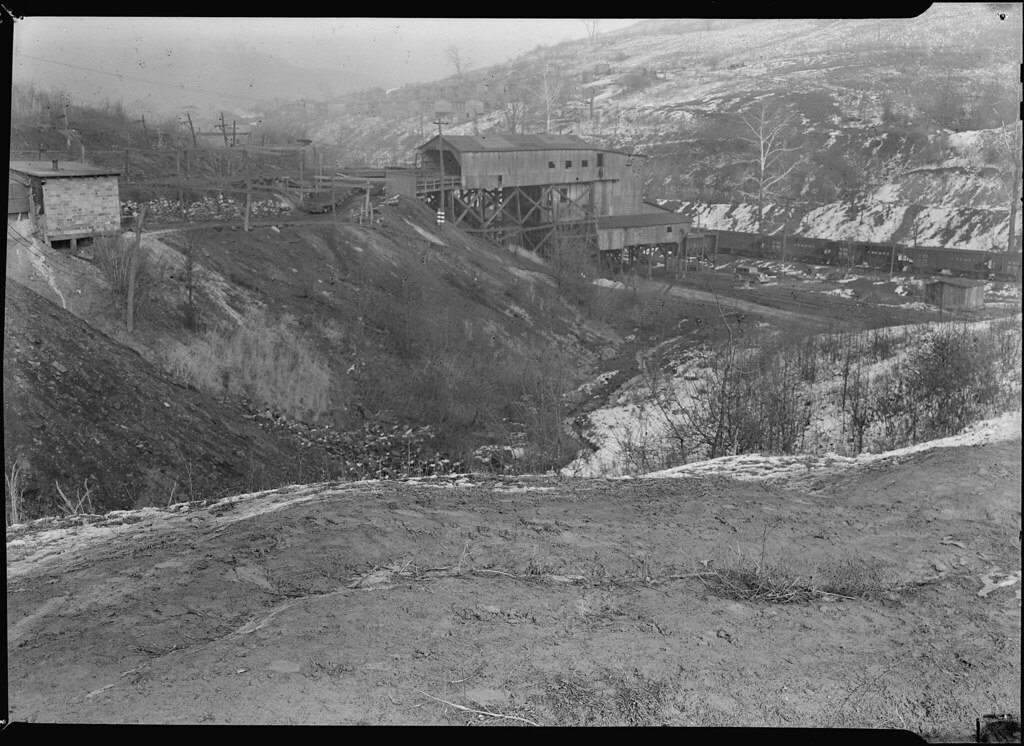
Scott's Run, West Virginia. Chaplin Hill Mine Tipple. This mine as bankrupt and closed during the summer of 1936. The company was reorganized and began to operate under new management in November 1936, 1936

Scott's Run, West Virginia. Cassville, mine tipple. This mine is operating and supplies work for three separate camps (Cassville, New Hill, and the Patch). To the left of picture is shown one of the government privies built by WPA workers in a sanitation campaign organized to eliminate the old typical filthy mine camp toilets, March 1937
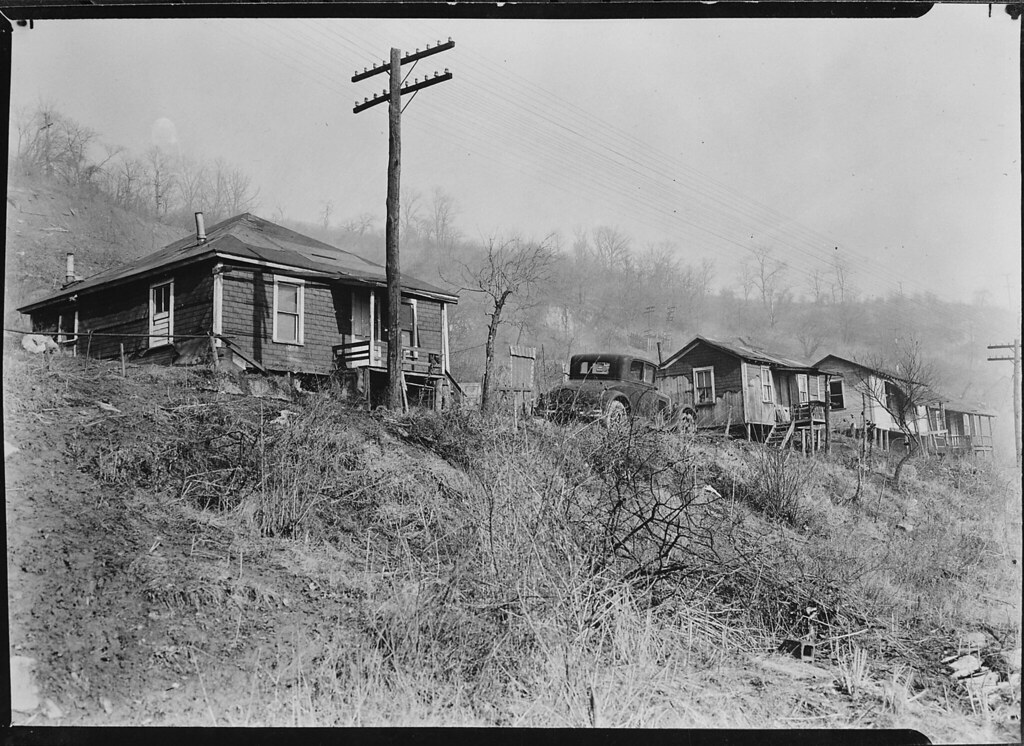
Scott's Run, West Virginia. Sessa Hill. The mine is a small locally owned operation where conditions are generally bad, 1936
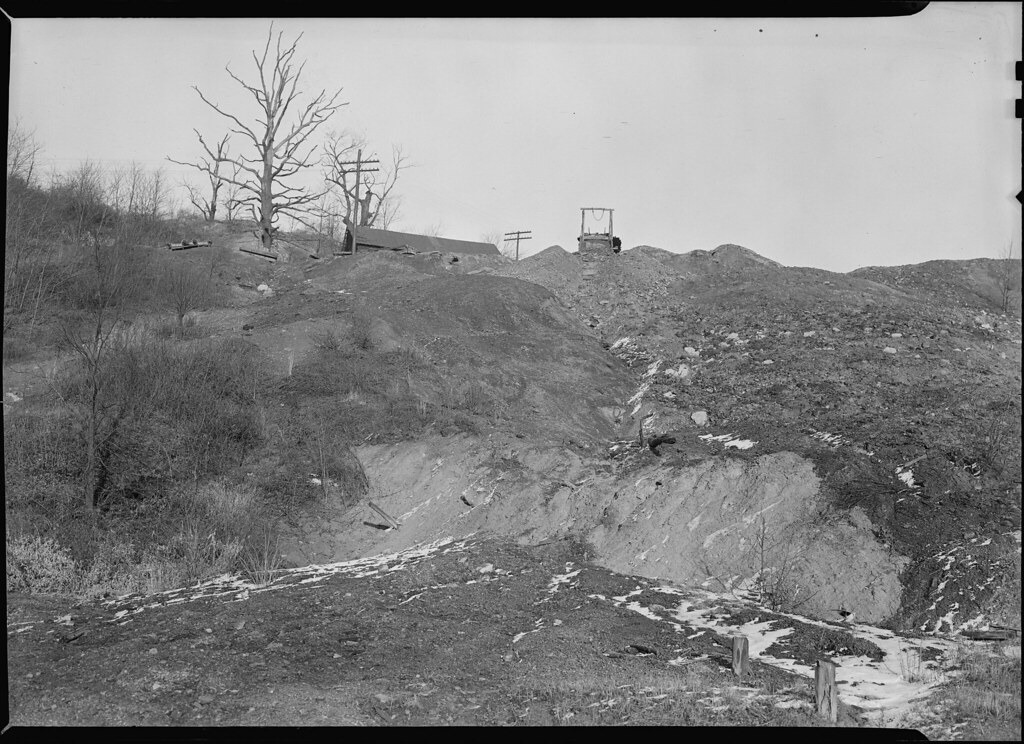
Scott's Run, West Virginia. Worked out coal mine near Pursglove mine No. 4 camp. Scene taken from main highway. This scene is typical of a dozen or more mines that have been closed and left to decay in the community. Note trees killed by mine operations and mine cars left to the elements, March 1937

Scott's Run, West Virginia. Bertha Hill Camp. The mine in this camp has been bankrupt and changed hands several times in the last two years. In the summer of 1936 this camp was considered abandoned; in December the mine, under new management, began to operate, March 1937

Scott's Run, West Virginia. Outdoor privy. Scene taken from the main highway. The stream is Scott's Run. This privy is typical of many improvised outdoor toilets on Scott's Run. It is made from an old automobile; the house at left is also improvised by the family who occupy it. A stream of water flows past the privy into Scott's Run, March 1937

Scott's Run, West Virginia. Miner returning from work at New Hill. There are no mine wash houses in West Virginia. Miners change their clothes and bathe in wash tub in their home and bring much of the mine dirt with them, March 1937

Scott's Run, West Virginia. Unemployed miners, March 1937

Scott's Run, West Virginia. Unemployed men and women, March 1937
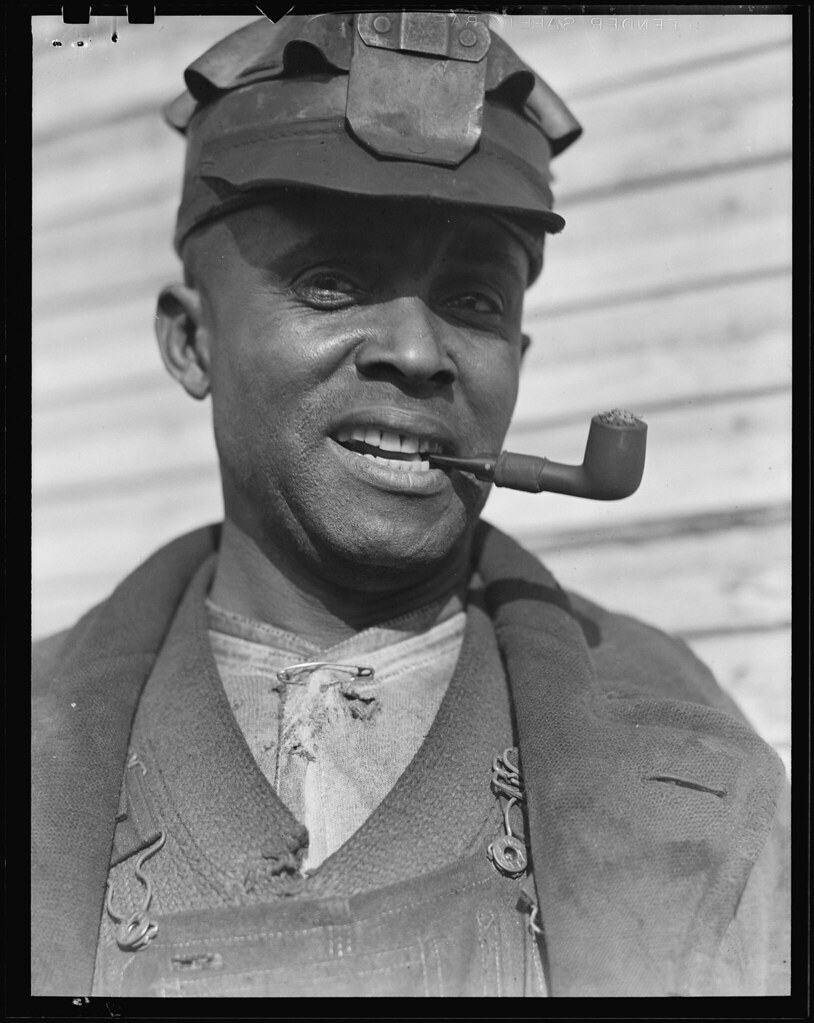
Scott's Run, West Virginia. Unemployed miner, March 1937
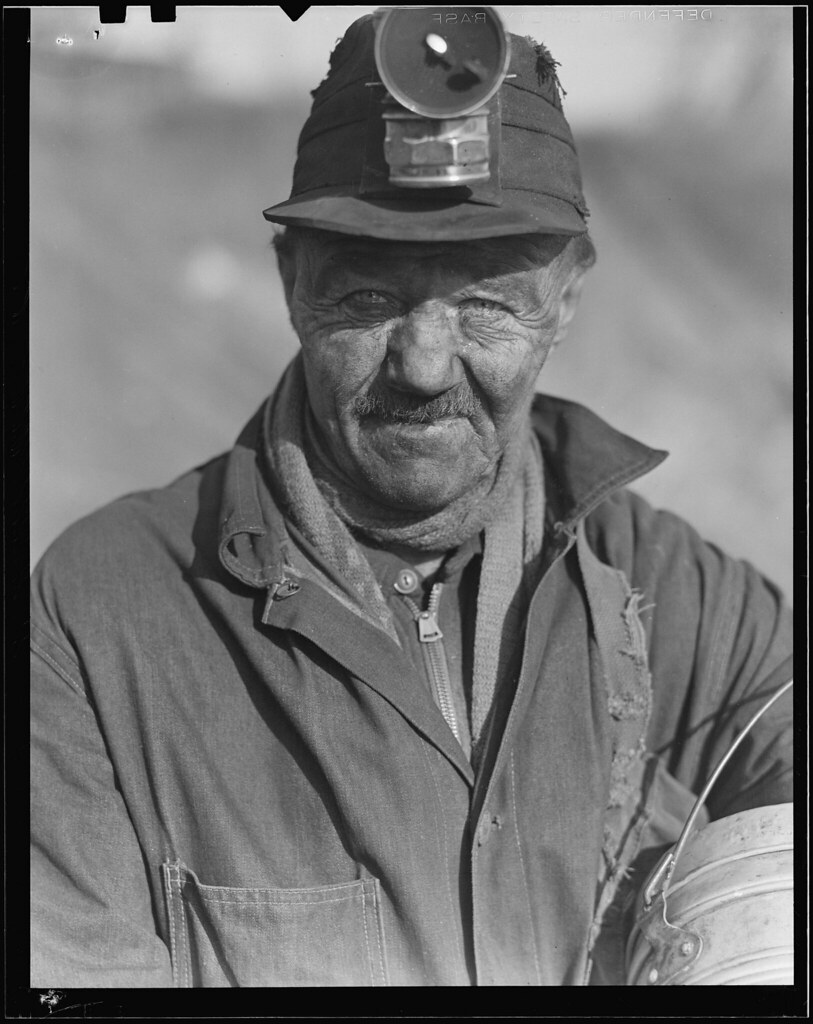
Scott's Run, West Virginia. Unemployed miner, March 1937
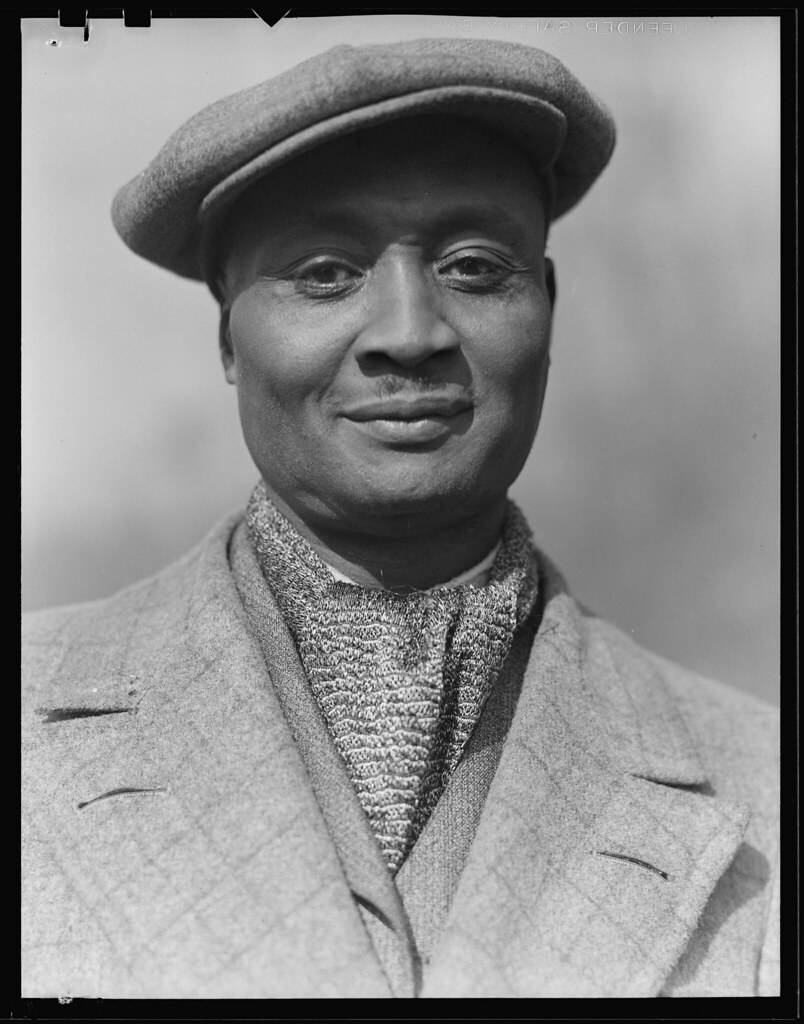
Scott's Run, West Virginia. Miner Herb Venn, photographed as he dressed for a trip to Morgantown, March 1937

Scott's Run, West Virginia. Mexican miner Vincent Lopez, Bertha Hollow, March 1937

Scotts' Run, West Virginia. Mexican miner's child digging coal from mine refuse. Bertha Hollow, 1936

Scott's Run, West Virginia. Mexican miner's child. This boy was digging coal from mine refuse on the road side. The picture was taken December 23, 1936 on a cold day; Scott's Run was buried in snow. The child was barefoot and seemed to be used to it. He was a quarter mile from his home, 1936

Scott's Run, West Virginia. Children of employed miners at Miller Hill, March 1937
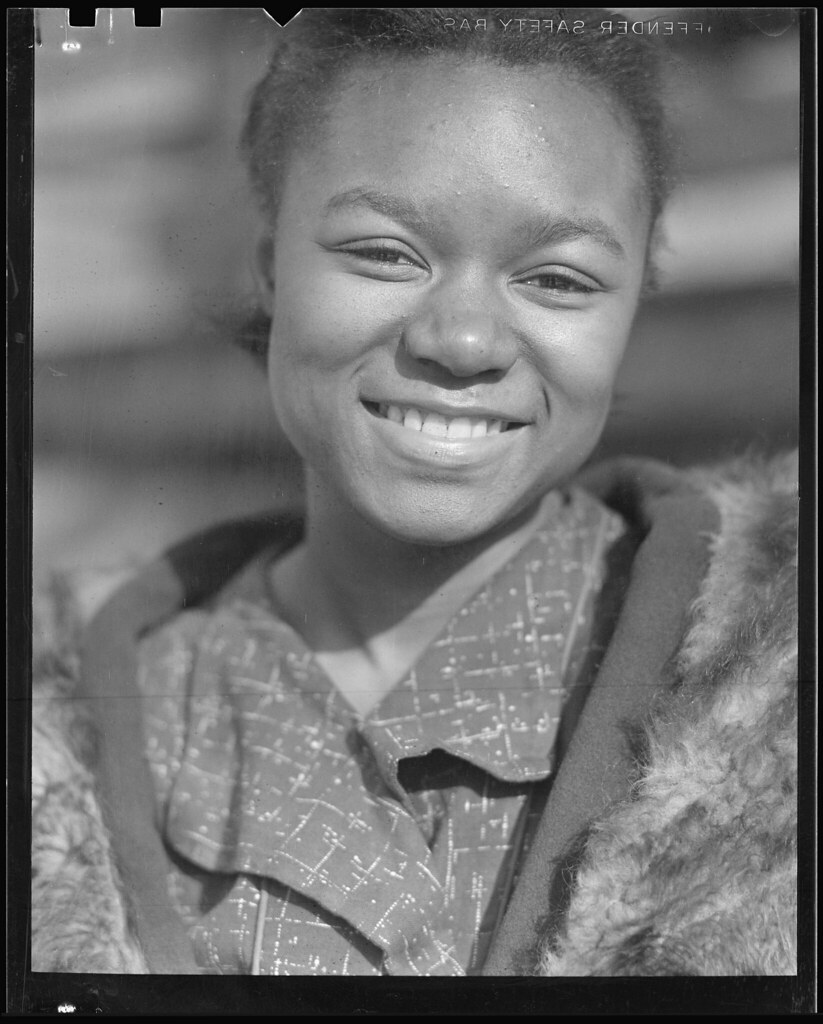
Scott's Run, West Virginia. Miner's child at Miller Hill camp, March 1937
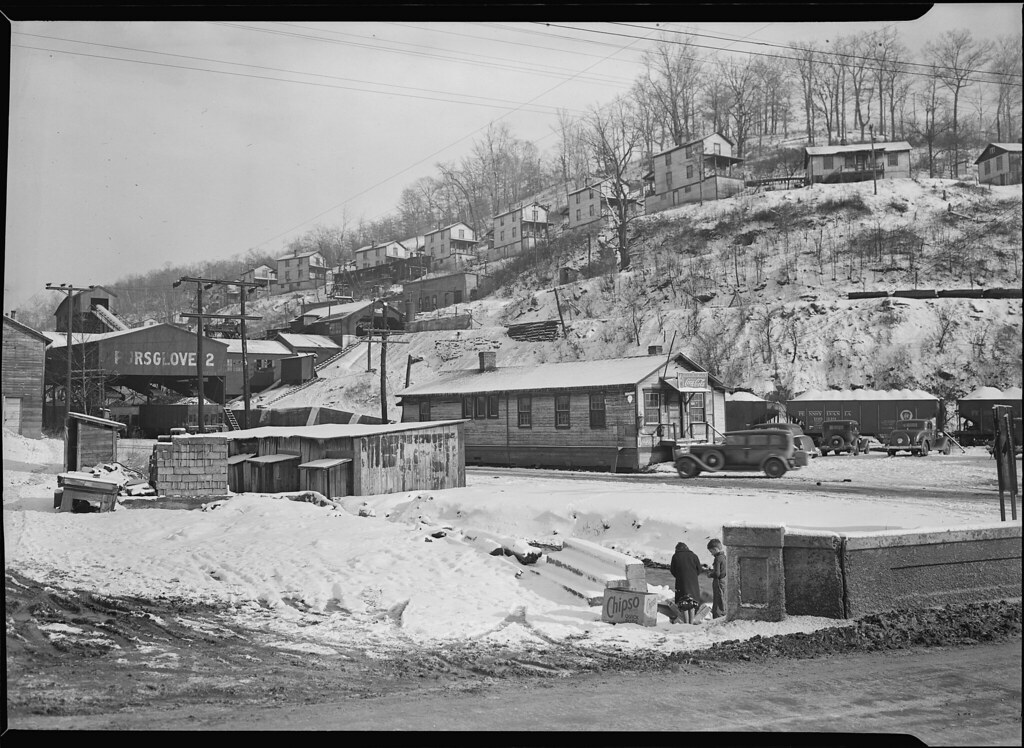
Scott's Run, West Virginia. Pursglove No. 2. Scene taken from main highway shows company store and typical hillside camp, March 1937

Scott's Run, West Virginia. Pursglove Mines Nos. 4 and 5. Scene taken from main highway shows typical hillside settlements. Houses shown are for supervisory staff. Camp one of the best on Scott's Run, March 1937
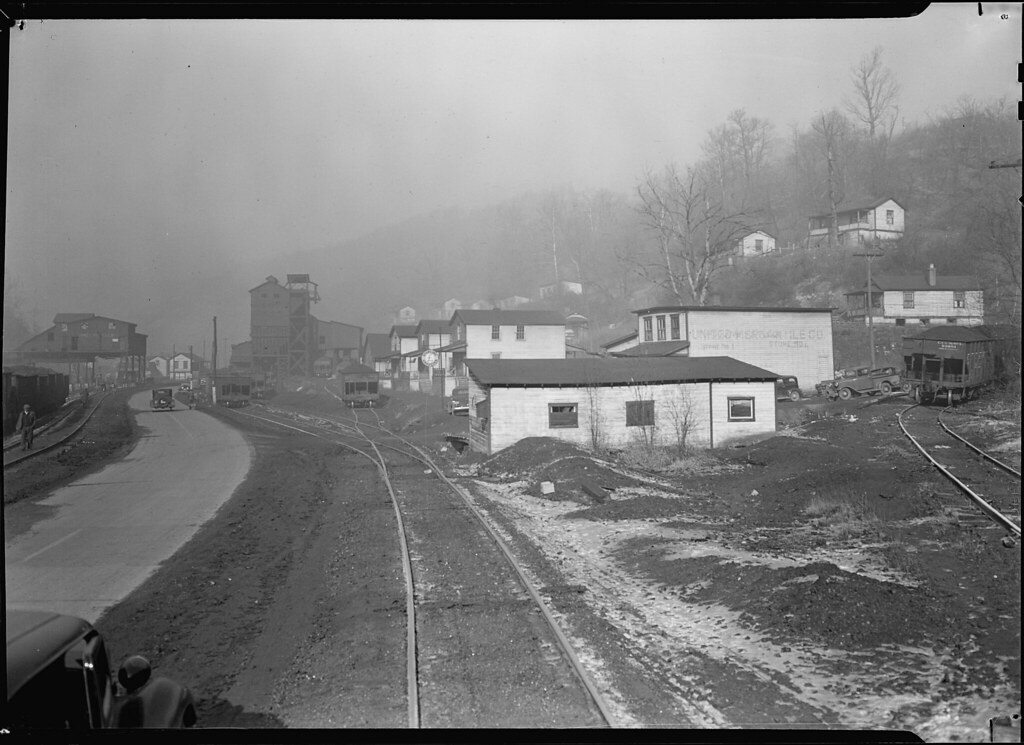
Scott's Run, West Virginia. Pursglove Mines Nos. 3 and 4. This is the largest company of Scott's Run. Scene shows main Scott's Run Highway and atmosphere loaded with coal dust and typical of Scott's Run on any working day, March 1937
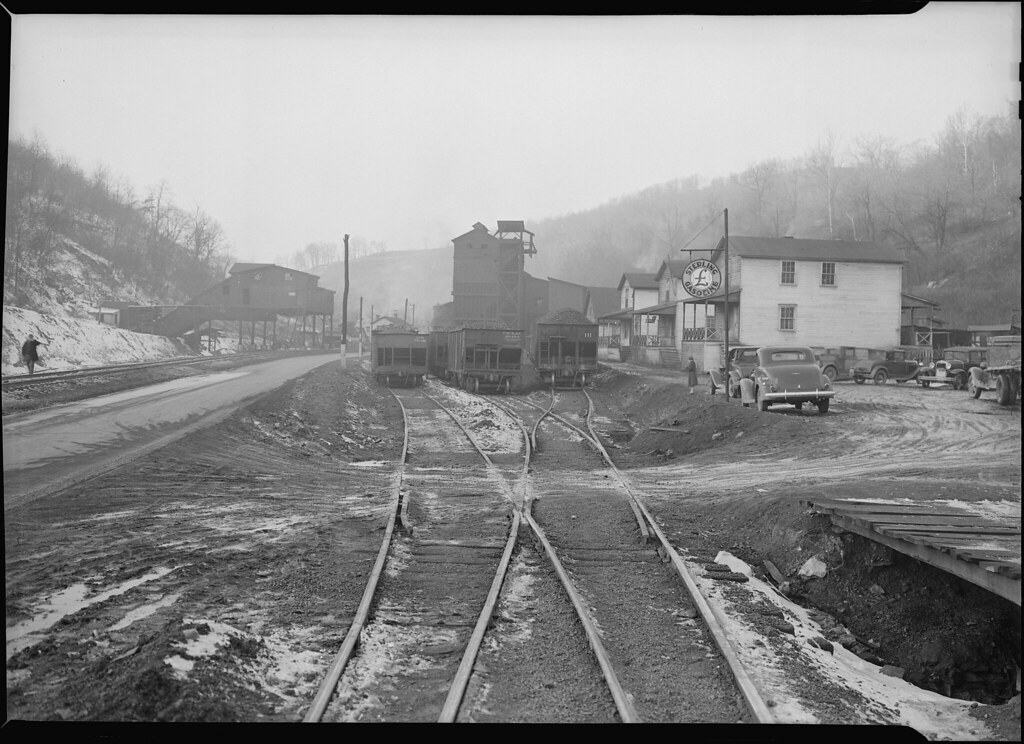
Scott's Run, West Virginia. Another view of Pursglove Mines Nos. 3 and 4, March 1937

Scott's Run, West Virginia. The Shack Community Center. Scene is typical of crowded space. In center of valley the stream is Scott's Run Creek. The Shack is a community center sponsored by a religious organization, March 1937
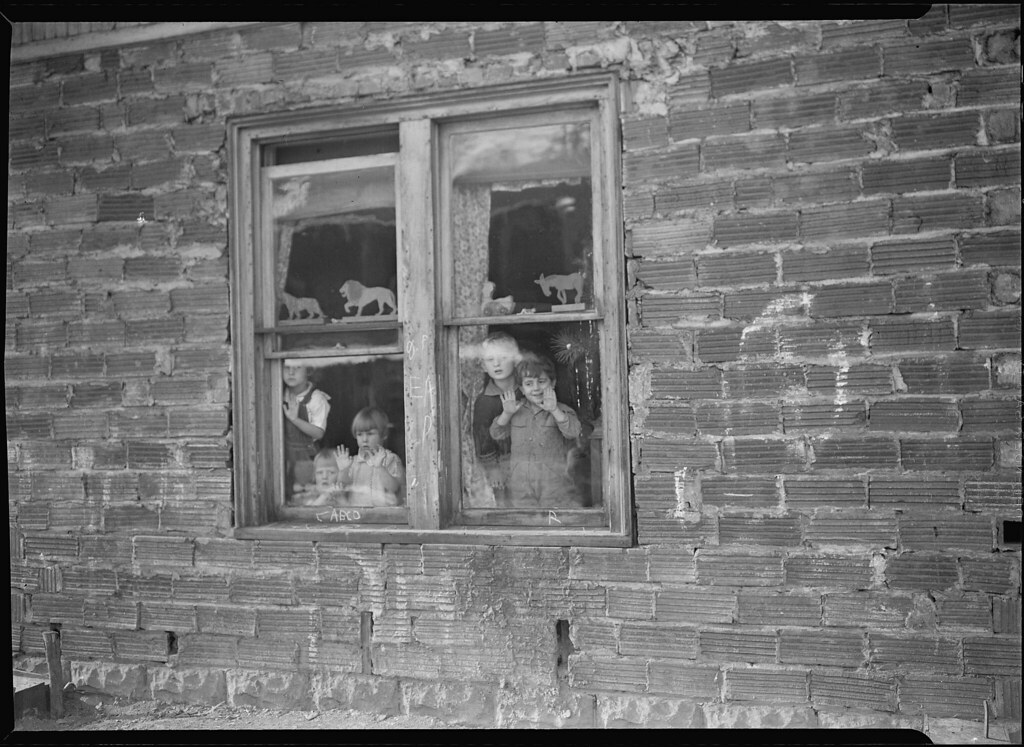
Scott's Run, West Virginia. This building is a part of the abandoned mine buildings of the stranded camp of Jere. It is the exterior of the old fan house. The children are a part of a WPA nursery now functioning in the camp, March 1937
Photos by Lewis Wickes Hine (1874-1940) from US National Archives